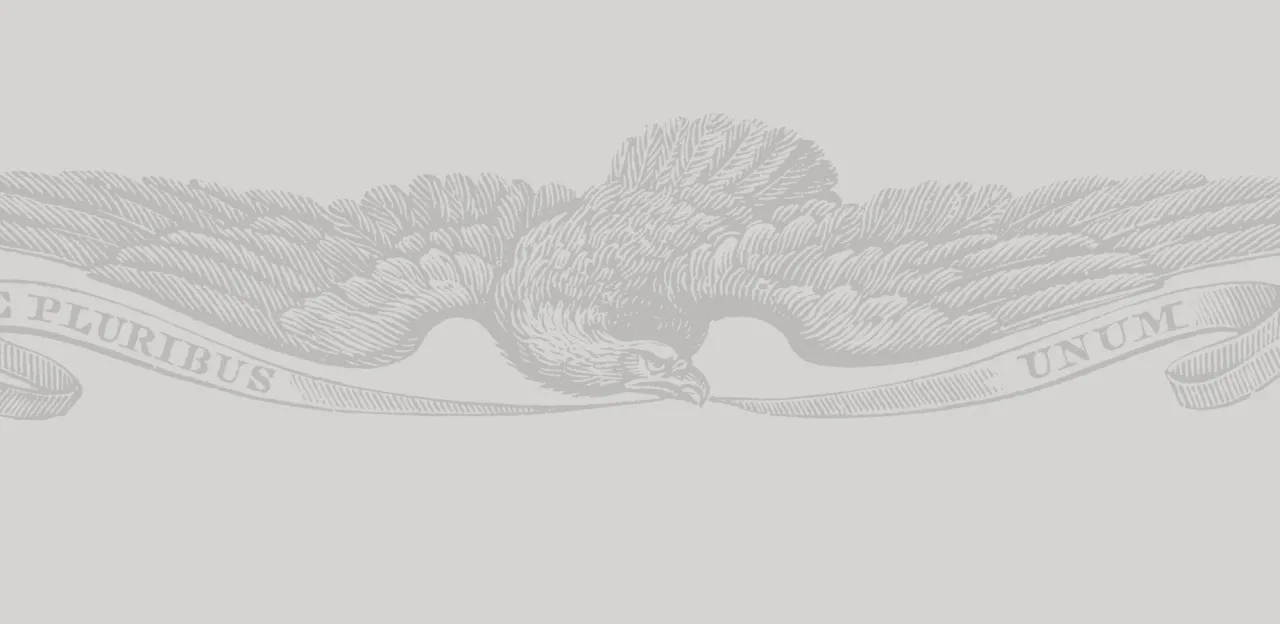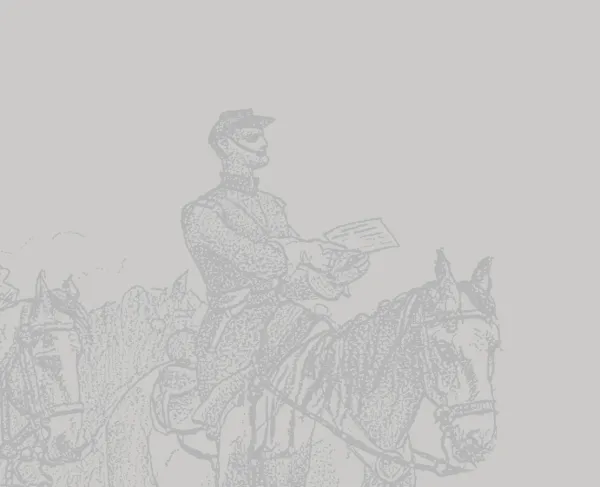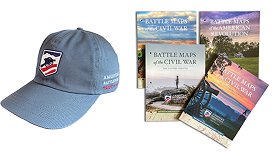“Pictures of the Dead at Antietam”

The following article appeared in The New York Times on October 20, 1862, reporting on the photographic display of the images that Mathew Brady and his photographers had created on Antietam battlefield just weeks prior.
Brady's Photographs.
Pictures of the Dead at Antietam.
The living that throng Broadway care little perhaps for the Dead at Antietam, but we fancy they would jostle less carelessly down the great thoroughfare, saunter less at the ease, were a few dripping bodies, fresh from the field, laid along the pavement. There would be gathering up of skirts and a careful picking of way; conversation would be less lively, and the general air of pedestrians more subdued. As it is, the dead of the battle-field com up to us very rarely, even in dreams. We see the list in the morning paper at breakfast, but dismiss its recollection with the coffee. There is a confused mass of names, but they are all strangers; we forget the horrible significance that dwells amid the jumble of type. The roll we read is being called over in Eternity, and pale, trembling lips are answering to it. Shadowy fingers point from the page to a field where even imagination is loth to follow. Each of these little names that the printer struck off so lightly last night, whistling over his work, and that we speak with a clip of the tongue, represents a bleeding mangled corpse. It is a thunderbolt that will crash into some brain—a dull, dead, remorseless weight that will fall upon some heart, straining it breaking. There is nothing very terrible to us, however, in the list, though our sensations might be different if the newspaper carrier left the names on the battle-field and the bodies at our doors instead.
We recognize the battle-field as a reality, but it stands as a remote one. It is like a funeral next door. The crape on the bell-pull tells there is death in the house, and in the close carriage that rolls away with muffled wheels you know there rides a woman to whom the world is very dark now. But you only see the mourners in the last of the long lines of carriages—they ride very jollily and at their ease, smoking cigars in a furtive and discursvive manner, perhaps, and were it not for the black gloves they wear, which the deceased was wise and liberal enough to furnish, it might be a wedding for all the world would know. It attracts your attention, but does not enlist your sympathy. But it is very different when the hearse stops at your own door, and the corpse is carried out over your own threshold—you know whether it is a wedding or a funeral then, without looking at the color of gloves worn. Those who lose friends in battle know what battle-fields are, and our Marylanders, with their door-yards strewed with the dead and dying, and their houses turned into hospitals for the wounded, know what battle-fields are.
Mr. Brady had done something to bring home to us the terrible reality and earnestness of war. If he has not brought bodies and laid them in our door-yards and along the streets, he has done something very like it. At the door of the gallery hangs a little placard, "The Dead of Antietam." Crowds of people are constantly going up the stairs; follow them, and you find them bending over photographic views of that fearful battle-field, taken immediately after the action. Of all objects of horror one would think the battle-field should stand preeminent, that it should bear away the palm of repulsiveness. But, on the contrary, there is a terrible fascination about it that draws one near these pictures, and makes him loth to leave them. You will see hushed, reverend groups standing around these weird copies of carnage, bending down to look in the pale faces of the dead, chained by the strange spell that dwells in dead men's eyes. It seems somewhat singular that the same sun that looked down on the faces of the plain, blistering them, blotting out from the bodies all semblance to humanity, and hastening corruption should have thus caught their features upon canvas and given them perpetuity for ever. But so it is.
These poor subjects could not give the sun sittings, and they are taken as they fell, their poor hands clutching the grass around them in spasm of pain, or reaching out for a help which none gave. Union soldier and Confederate, side by side, here they lie, the red light of battle faded from their eyes but their lips set as when they met in the last fierce charge which loosed their souls and sent them grappling with each other battling to the very gates of Heavens. The ground whereon they lie is born by shot and shell, the grass is trampled down by the tread of hot, hurrying feet, and little rivulets that can scarcely be of water are trickling along the earth like tears over a mother's face. It is a bleak, barren plant an above it bends an ashen sullen sky; there is no friendly shade or shelter from the noonday sun or the midnight dews; coldly and unpityingly the stars will look down on them and darkness will come with night to shut them in. But there is a poetry in the scene that no green fields or smiling landscapes can possess. Here lie men who have not hesitated to scale and stamp their convictions with their blood,—men who have flung themselves into the great gulf of the unknown to teach the world that there are truths dearer than life, wrongs and shames more to be dreaded than death. And if there be on earth one spot where the grass will grow greener than on another when the next Summer comes, where the leaves of Autumn will drop more lightly when they fall like a benediction upon a work completed and a promise fulfilled it is these soldiers' graves.
There is one side of the picture that the sun did not catch, one phase that has escaped photographic skill. It is the background of widows and orphans, torn from the bosom of their natural protectors by the red remorseless hand of Battle, and thrown upon the fatherhood of God. Homes have been made desolate and the light of life in thousands of hearts has been quenched forever. All of this desolation imagination must paint—broken hearts cannot be photographed.
These pictures have a terrible distinctness. By the aid of the magnifying glass, the very features of the slain may be distinguished. We would scare choose to be in the gallery, when one of the women bending over them should recognize a husband, a son, or a brother in the still, lifeless lines of bodies, that lie ready for the gaping trenches. For these trenches have a terror for a woman's heart, that goes far to outweigh all the others that hover over the battle-field. How can a mother bear to know that the boy whose slumbers she has cradled, and whose head her bosom pillowed until the rolling drum called him forth—whose poor, pale face, could she reach it, should find the same pillow again, whose corpse should be strewn with the rarest flowers that Spring brings or Summer leaves—when, but for the privilege of touching that corpse, of kissing once more the lips though white and cold, of smoothing back the hair from the brow and cleansing it of bloodstains, she would give all the remaining years of life that Heaven has allotted her—how can this mother bear to know that in a shallow trench, hastily dug, rude hands have thrown him. She would have handled the poor corpse so tenderly, have prized the boon of caring for it so dearly—yet, even the imperative office of hiding the dead from sight has been done by those who thought it trouble, and were only glad when their work ended.
Have heart, poor mother; grieve not without hope, mourn not without consolation. This is not the last of your boy.
With pealing of trumpets and beating of drums,
These trenches shall open—the Son of Man comes.
And then is reserved for him that crown which only heroes and martyrs are permitted to wear—a crown brighter than bays, greener and more lasting than laurel.
Source:
The New York Times, "The Dead of Antietam," October 20, 1862, Page 5. (Accessed through Newspapers.com)
Related Battles
12,401
10,316




